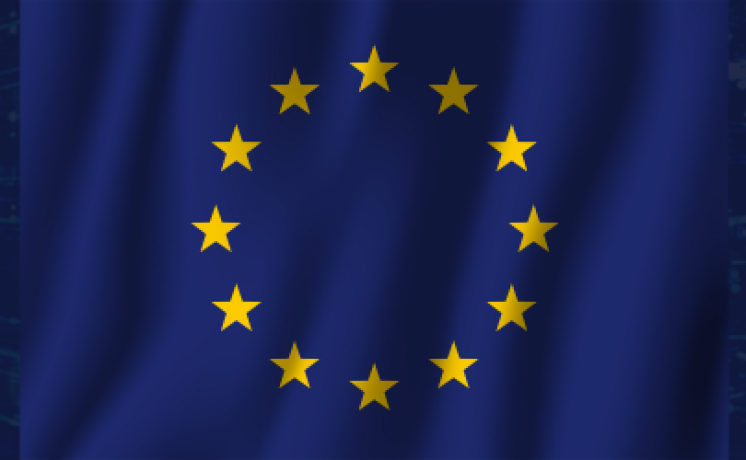The following questions come from the UDI Beyond Borders virtual conference.
Watch the video below to see a preview of the discussion.
Access the full-length on-demand webinar UDI Beyond Borders
Are there best practices for sending notifications to customers about critical data changes in the GUDID/EUDAMED databases?
Currently, no specific recommendations are provided by regulators (FDA, European Commission) or customers. However, manufacturers use various communication tools to notify customers of changes in the Global Unique Device Identification Database (GUDID) and European Database on Medical Devices (EUDAMED). We recommend making this information available on your website and using the description fields in these databases to clarify the changes.
What is your perspective on value adds for global and international markets (for example, trade and medical device tracking) and their impact on global healthcare activities?
The intent of the early developmental work—for example, the Global Harmonization Task Force (GHTF)—on unique device identification (UDI) was specifically intended to achieve a globally harmonized approach to UDI. The GHTF guidance, for example, is intended to provide a high-level conceptual view of how a global UDI system should work. We expected that a globally harmonized and consistent approach to UDI would increase patient safety and help optimize patient care by facilitating:
- Traceability of devices, especially for recalls and other field service corrective actions
- Adequate identification of the device through its distribution and use
- Identification of devices in adverse events
- Reduction of medical errors
- Documentation and longitudinal capture of data on medical devices
What FDA guidance addresses evaluating design changes (including software) and what triggers a new UDI?
Changes requiring a new UDI are primarily related to two factors:
- The identification and differentiation of a specific device.
- The stakeholder’s needs and ability to differentiate devices.
For example, manufacturers produce devices on different manufacturing lines, but this differentiation is typically reflected in a lot number. To the extent that changes to a device (for example, replacing a critical component) can be managed through other identifiers like lot number or manufacturing date, there is no need–and a manufacturer should not change the device identifier (DI). Conversely, if the change is, or appears to stakeholders to be, a different device, then a new DI should be assigned.
Regarding US vs EU DI triggers, how does the panel feel about assigning DIs to specific markets?
DIs for a specific market is both reasonable and, in some cases, necessary. However, multiple DIs minimize our ability to leverage UDI for various global traceability and surveillance purposes. As such, the issue is not market-specific DIs, but our ability to create equivalence between these DIs. Manufacturers and regulators must include this functionality to maximize the utility of UDI.
What actions can a manufacturer take to help ease the burden of meeting multiple regulatory requirements?
The most crucial action is first to understand all the requirements and how they apply to your devices, then identify gaps and determine a path to remediation. You also need to decide whether you can or should produce market-specific versions. More importantly, robust internal processes must account for new requirements and changes to existing products or their attributes.




